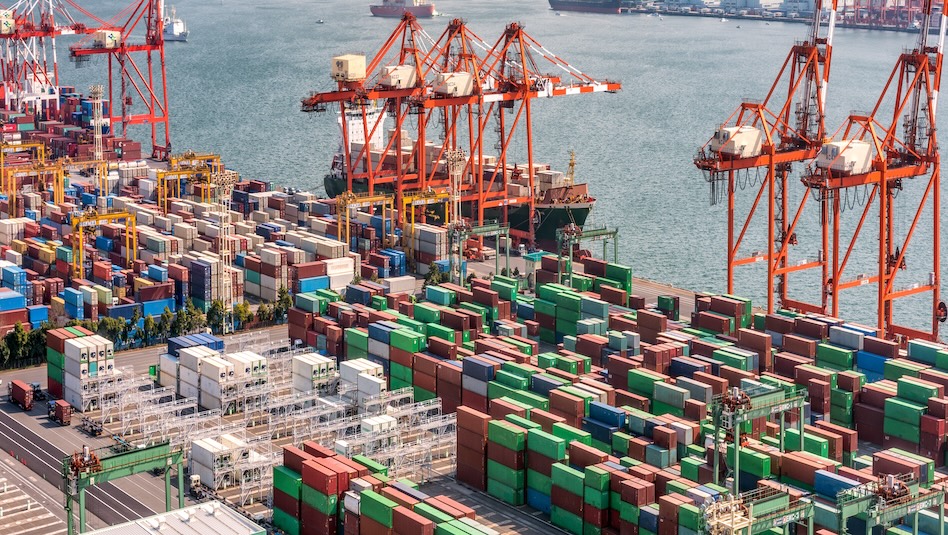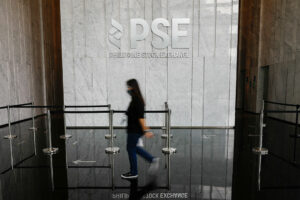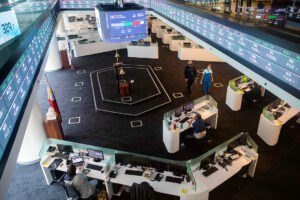Foreign investment pledges plunged by 64.4% in the second quarter as investor sentiment turned cautious amid heightened global uncertainty driven by flip-flopping US tariff policies.
Preliminary data from the Philippine Statistics Authority (PSA) showed the value of foreign commitments approved by investment promotion agencies (IPAs) reached PHP 67.38 billion in the April-to-June period, down from the revised PHP 189.5 billion in same period in 2024.
 However, this was the highest amount since the PHP 143.74 billion seen in the third quarter of 2024. It was also more than double the revised PHP 27.99 billion in the first three months of 2025.
However, this was the highest amount since the PHP 143.74 billion seen in the third quarter of 2024. It was also more than double the revised PHP 27.99 billion in the first three months of 2025.
During the second quarter, Singapore accounted for the bulk or 79.4% of total approved investment pledges at PHP 53.48 billion. This was followed by the United States with PHP 3.96 billion (5.9%) and the Netherlands with PHP 1.91 billion (2.8%).
Cid L. Terosa, a senior economist at the University of Asia and the Pacific, said the decline in foreign investment approvals reflected drastic changes in external trade and investment environments.
“The uncertainty and instability created by Trump’s trade-related pronouncements was the overwhelming factor that pulled back business and investment plans of investors, not just in the Philippines but in many countries around the world,” he said in an e-mail.
However, the quarter-on-quarter increase was mainly due to the surge of investments in renewable energy from Singapore, Mr. Terosa said.
US President Donald J. Trump first announced the “Liberation Day” tariffs in early April, imposing a 10% baseline tariff on goods from all its trading partners. He also threatened higher “reciprocal” tariffs on most countries but this was postponed until July.
The Philippines initially faced a 17% tariff, but this was hiked to 20% in early July. Mr. Trump eventually set a 19% tariff on Philippine goods, which took effect on Aug. 7.
PSA data showed the investment pledges were approved by seven IPAs — the Authority of the Freeport Area of Bataan (AFAB), the Board of Investments (BoI), the Bangsamoro Board of Investments (BBoI), the Clark Development Corp. (CDC), the Clark International Airport Corp. (CIAC), the Philippine Economic Zone Authority (PEZA), and the Subic Bay Metropolitan Authority (SBMA).
The BoI contributed the biggest chunk or about 84.1% of foreign investment pledges with PHP 56.65 billion in the second quarter.
Meanwhile, PEZA approved PHP 6.92 billion worth of commitments (10.3% share) followed by CDC with PHP 1.1 billion (1.6% share).
During the period, Bases Conversion and Development Authority, Cagayan Economic Zone Authority, John Hay Management Corp., Poro Point Management Corp., Tourism Infrastructure and Enterprise Zone Authority, and Zamboanga City Special Economic Zone Authority did not approve any investment pledges.
About 81.2% or PHP 54.75 billion of the approved foreign investments will be poured into the energy industry, while 6.8% or PHP 4.61 billion will be invested in the administrative and support service activities industry.
The manufacturing sector cornered PHP 4.46 billion, about 6.6% of the total pledges.
By region, Bicol received the highest share of total pledged investments, with 47.8% or PHP 32.21 billion. Calabarzon followed with PHP 21.39 billion (31.7% share) and Central Luzon with PHP 4.05 billion (6% share).
Meanwhile, PSA data showed investment pledges from Filipinos plunged by 56.3% to PHP 231.69 billion in the second quarter from the P530.6 billion a year earlier.
This brought total approved investments to PHP 299.08 billion, down 58.5% year on year.
Should these pledges materialize, around 38,234 jobs are expected to be created.
For the third quarter, Mr. Terosa said year-on-year growth in investment pledges will likely be “weaker.”
“(This is) partly because of base effects and the ‘wait-and-see’ attitude of foreign investors due to the turbulent global trade environment,” he said.
“It is possible, however, that the quarter-on-quarter growth of foreign investments will continue to be strong because of the economic resilience shown by the Philippines as reflected in economic indicators.”
In the second quarter, the Philippine economy grew by 5.5%, a tad faster than the 5.4% in the first quarter.
For the first half, gross domestic product (GDP) growth averaged 5.4%, slower than the 6.2% a year ago. The government is targeting 5.5%-6.5% GDP growth this year.
The PSA data on foreign investment commitments, which may materialize shortly, differ from actual foreign direct investments tracked by the BSP. The central bank’s monitoring goes beyond the projects and includes other items such as reinvested earnings and lending to Philippine units via their debt instruments. — Matthew Miguel L. Castillo, Researcher







 DOWNLOAD
DOWNLOAD














